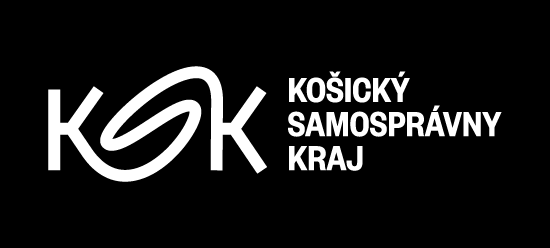Opening: 6 October 2022 at 6 pm
Exhibition duration: 7 October 2022 – 8 January 2023
Curators: Richard Gregor, Dorota Kenderová
Exhibiting artists: Peter Abonyi, Milan Adamčiak, Rastislav Biarinec, Marta Bošelová, Róbert Cyprich, Zuzana Hrušková, Richard Kalmár, Vavrinec Kendera, Boris Kudlička, Ján Kudlička, Štefan Papčo, Lucia Papčová, Mira Podmanická, Pavol Rusko, Monika Zmoray
A considerable number of artistic associations have always been linked by the place of their activity. In our case, it is Ružomberok, while the founding of the ROZETA association dates back to the period when art stood in strict opposition to the nationalist policy of Vladimír Mečiar and when the question of associations, i.e. the need for collective strengthening of individual activities, once again became historically topical. In the 1990s, it was precisely such initiatives that ensured the continuity of quality contemporary art with minimal social support. Politics, however, was not the only reason for the creation of the association – at its core, it was mainly the presence of strong artistic personalities who did not want to give up working in their region, as well as the tradition of prominent artists who came from there.
This can be seen not only in the first (and so far only) joint catalog from 1995 but also today – the individual artists, the members of the association, and most of the guests present very distinct, almost hermetically sealed artistic programs. It would seem that their maturity and diversity preclude the possibility of finding common denominators among them. Nevertheless, one can speak of a concentrated reflection of many of the current contemporary issues against the backdrop of a universal artistic language that some of the authors have been shaping for many decades.
The phenomenon of landscape, which stands as a motif in the background of the selection of works for this exhibition, carries with it an inevitable ecological emphasis. It could not be otherwise in today's times, dominated by war, energy crisis, ("re"-)articulation of values and ethics, which we tend to overlook out of consumerist convenience. The fragile boundary between construction and destruction, the insistence on the certainties of artistic expression, and the search for poetry in unusual places or in unusual activities are just some of the insights we can sense when looking at the work of the exhibiting artists, which we can also call skeptics.
Skepticism is not a source of revolt in this case, nor is it a satisfactory statement of the current state of our society (including art history and art activities). It is an attitude in which reality never surpasses expectations, but is nevertheless worth articulating, poeticizing, abstracting, and musicalizing – for example, through a gesture of appropriation, a private time-lapse, or the revelation of a secret. At the same time, it can be said that with the large-scale installations, as well as with the individual works, the used artistic language is actually very economical. Moderation can be seen as a much-needed ecology of current artistic thinking, which also became the common denominator of the work of the members of the ROZETA association from the very beginning of their existence. Fortunately, moderation does not contradict strong expression. On the contrary, when we concentrate on the individual works, we find that behind each of them there is an intense concept and a consistent artistic worldview, which does not need to manifest itself bombastically and yet manages to deliver the intended content.
Richard Gregor



